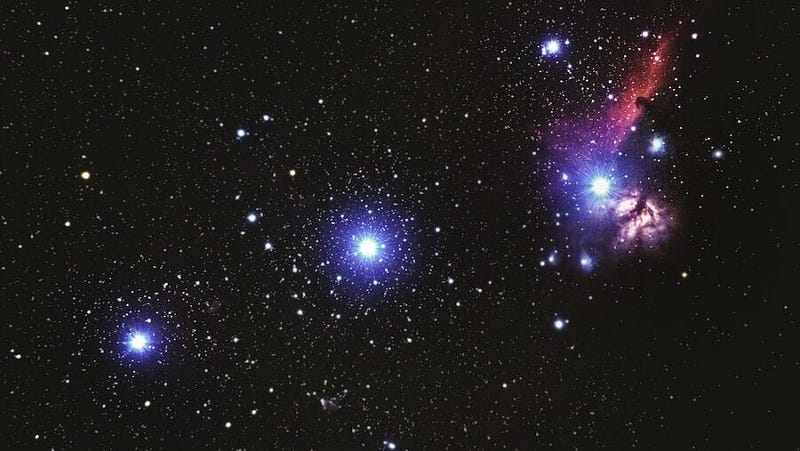New Insights into Fast Radio Bursts: NASA's Breakthrough Discovery
Written on
Understanding Fast Radio Bursts
In a remarkable advancement, NASA's cutting-edge X-ray telescopes have decoded some of the mysteries surrounding fast radio bursts (FRBs), which have puzzled researchers for a considerable time. These FRBs are brief yet intense emissions of cosmic radio waves that last only fractions of a second, and their sources have remained largely unknown. However, a recent observation of an FRB from a magnetar—a type of deceased star—within our galaxy has opened new avenues of understanding regarding these enigmatic signals emanating from the cosmos.
NASA astronomers employed two sophisticated X-ray telescopes to monitor the unpredictable behavior of a magnetar right before and after it released a burst of radio waves. This observation, captured within our Milky Way galaxy, marks a significant advancement in comprehending the elusive origins of FRBs. Despite their fleeting nature, these bursts emit energy equivalent to what the Sun produces over an entire year in just one millisecond.
FRBs and Their Elusive Nature
The significance of this discovery lies in the nature of FRBs, characterized by their concentrated beams, which have been notoriously difficult to trace. Until recently, all recorded FRBs had been traced back to locations outside our galaxy, complicating efforts to identify their sources. However, in 2020, scientists successfully traced an FRB to the magnetar SGR 1935+2154 located within the Milky Way, providing a unique chance for direct observation.
In October 2022, SGR 1935+2154 emitted another FRB, which yielded invaluable data for NASA's NICER (Neutron Star Interior Composition Explorer) and NuSTAR (Nuclear Spectroscopic Telescope Array) telescopes. These instruments analyzed the magnetar's surface and its environment, revealing that the fast radio burst coincided with rapid fluctuations in the magnetar's spin rate, known as “glitches.”

The Nature of Magnetars
Magnetars are neutron stars characterized by extraordinarily dense cores, where just a teaspoon of their material would weigh around a billion tons on Earth. Such dense cores generate immense gravitational forces and volatile surfaces, leading to frequent emissions of X-rays and gamma rays. A study published in the journal Nature on February 14 emphasizes the critical role that glitches play in understanding the mechanisms behind FRB generation.
The findings suggest that these glitches, which represent abrupt changes in the magnetar's spin rate, are significant contributors to the occurrence of fast radio bursts. The research underscores the importance of NASA's telescopes working collaboratively to monitor these transient yet impactful cosmic events.
Ongoing Mysteries
While the recent discoveries provide essential insights, many questions remain regarding the interplay of various factors involved in the production of FRBs. Continued research into these phenomena promises to reveal more about the dynamic processes occurring in our cosmic neighborhood.
Chapter 2: Video Insights
The first video titled "Fast Radio Bursts: A long-standing mystery about to end?" delves into the complexities surrounding these cosmic phenomena and how recent discoveries may lead to a clearer understanding.
The second video, "NASA Reveals Strange Radio Signals Are Baffling Scientists," explores the baffling nature of radio signals from space and their implications for our understanding of the universe.